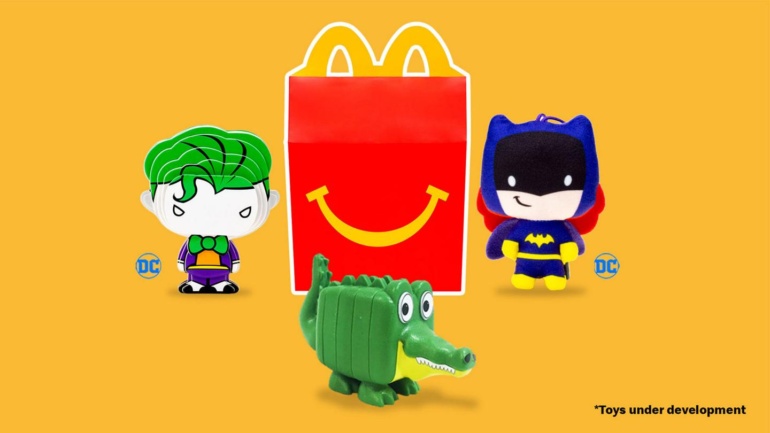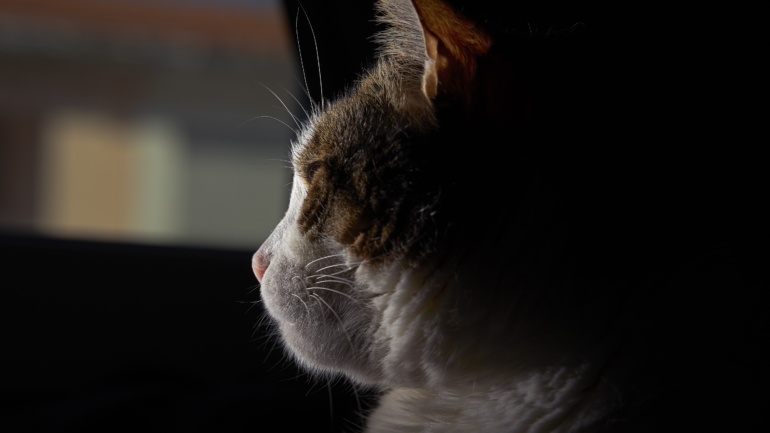Why the ‘Wicked’ Poster Controversy Says More About Us Than the Movie Itself
Let’s talk about the Wicked poster. If you haven’t heard of it, you’ve probably been living under a rock—or, at the very least, avoided all social media since its release. The poster has caused quite the stir, and not necessarily in a good way. As someone who’s spent more hours scrolling through my Instagram feed than I care to admit, I’ve noticed something. The controversy around this poster isn’t just about the poster itself. It’s about us. It’s about how we view art, celebrity culture, and, ultimately, the things that are supposed to unite us, but instead, seem to divide us more than ever.
First, let’s break down what exactly happened. The Wicked movie poster was released, featuring Ariana Grande and Cynthia Erivo as Glinda and Elphaba, respectively. It’s a stunning image, visually beautiful, with the two stars striking a dramatic pose. But the poster didn’t exactly land the way the production team probably hoped. In fact, it stirred up controversy and criticism from all corners of the internet. Fans edited the poster, pointing out the unusual lighting, some even suggesting that the two actresses looked a little too “Photoshopped.” But it was the backlash that made it into the headlines.
And here’s where things get interesting: what was it about this poster that ruffled so many feathers? Why are we so invested in how it was perceived?
The Expectations We Place on Art
We all know Wicked as a beloved Broadway show that has left a mark on theater lovers for over a decade. So, when the news broke that it was being adapted into a movie, people lost their minds. People had expectations, and as we all know, expectations can be both a gift and a curse.
For some, the poster is a visual representation of their Wicked fantasy come to life. For others, it’s a deeply uncomfortable reminder of the often-toxic beauty standards that dominate our culture. We’re constantly bombarded with “perfect” images of what people should look like, and this poster is no different. The lighting, the makeup, the airbrushing, and the impossible angles—all of it can make even the most well-intentioned art seem like a glaring advertisement for unrealistic beauty standards.
Here’s the thing, though: art is subjective. We often forget that, don’t we? We look at something, and if it doesn’t align with our personal view or idea of what’s “right,” we’re quick to criticize it. In the case of the Wicked poster, the uproar wasn’t just about a poorly executed image. It was about what that image represented—and what it says about the world we live in.
Celebrity Worship and the Beauty Myth
Let’s take a step back and examine what this poster says about how we view celebrities. The two women—Ariana Grande and Cynthia Erivo—are both incredible talents, each with a unique presence that has made them household names. But the poster, like so many others in Hollywood, reduces them to images that are designed to be aesthetically pleasing, perfect, and marketable.
The idea that we can sell the idea of “perfection” through an image isn’t new. In fact, it’s been a tactic used by Hollywood for years. But this type of portrayal isn’t just a reflection of beauty standards; it’s also a reflection of how we as an audience consume and react to those images.
What’s fascinating is that when these two incredibly talented actresses—who are both undoubtedly talented—are photographed or portrayed in a way that doesn’t live up to our expectations, we immediately start questioning the image. Why? Because we’ve been conditioned to expect something that fits into a very narrow box. And when it doesn’t, we feel… discomfort. And that discomfort leads to criticism.
But let’s be real: how often do we see this level of scrutiny applied to a male actor in a leading role? For example, when we see a male actor in a Wicked-style movie poster, we rarely (if ever) hear fans discussing the lighting, makeup, or photoshop. We might debate his acting chops or how believable his performance was, but never, ever his appearance with the same fervor we apply to the women in the cast.
This isn’t just about Wicked. It’s about the constant reinforcement of gendered expectations that are so ingrained in our culture that they feel normal—even when they’re not. The poster didn’t just highlight issues with art direction or design. It brought the conversation back to the fundamental reality that women in the public eye are held to an entirely different standard than their male counterparts.
The Double-Edged Sword of Social Media
Now, let’s talk about the social media element. If you’re not familiar with the whole debacle, allow me to catch you up. After the release of the poster, fans went wild. Some edited the poster, posting their versions online, suggesting that it was a better representation of the characters, or simply showing how the original image didn’t “look right.”
Now, we’ve all seen the Wicked edits that fans make—sometimes hilarious, other times pretty cool—but there’s something unsettling about how quickly this backlash turned into a social media frenzy. What started as genuine feedback quickly morphed into a full-on viral event, complete with memes, mockery, and an outpouring of opinions from both fans and detractors alike.
Here’s the thing: we love to discuss the things that matter to us, but sometimes social media amplifies the conversation in ways that don’t always add value. What might’ve started as a “hey, this poster isn’t my favorite” moment, quickly spiraled into a war of words about what’s acceptable and what’s not in terms of appearance, celebrity standards, and—let’s face it—what’s considered “real” or “fake.”
What we forget in the midst of these debates is the fact that the poster, in all its glossy, photoshopped perfection, is still just a piece of marketing. A way to get people to talk about the movie. To get people excited. And guess what? It worked. People talked. But at what cost?
The Bigger Picture
The Wicked poster controversy isn’t just about one image. It’s a reflection of how we view art, how we treat women in the media, and how we consume the “perfect” images that are fed to us. In many ways, this is about much more than Wicked itself. It’s about the ways in which we need to shift our conversations around body image, celebrity culture, and the unattainable beauty standards we’ve come to accept as normal.
Sure, the poster might not have been everyone’s cup of tea, and yes, maybe it’s a little too airbrushed for some tastes. But when we step back, we need to ask ourselves: Why are we so quick to judge the surface of things? Why can’t we look past the glossy images and appreciate the talent, effort, and artistry behind the scenes?
At the end of the day, Wicked is about more than just the people in the poster. It’s about friendship, identity, and finding your place in the world, even when it feels like you’re constantly being judged for how you look. Perhaps the real message here isn’t in the controversy itself, but in how we can use this conversation to reconsider how we consume media—and how we interact with each other in this crazy world of digital perfection.
So, the next time you see a poster, any poster, don’t just see the image. See the story. And maybe, just maybe, give a little grace to the artists behind the lens. After all, they’re just trying to make us believe in the magic—Wicked or otherwise.


